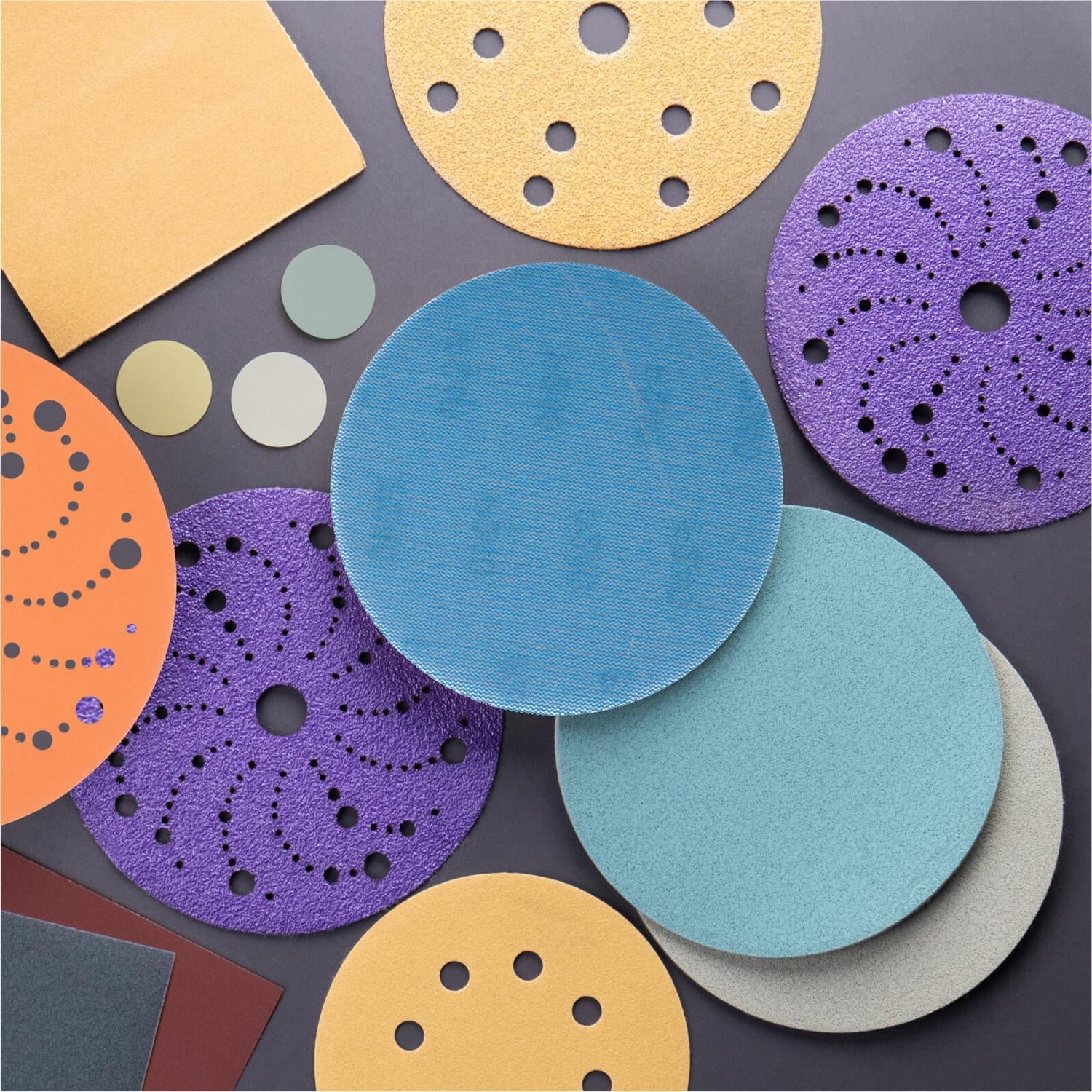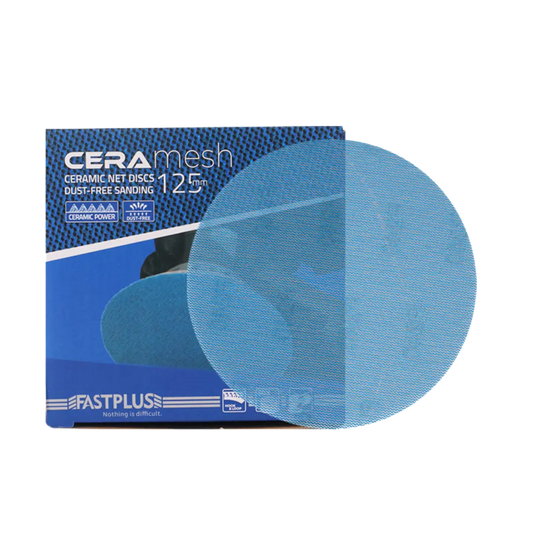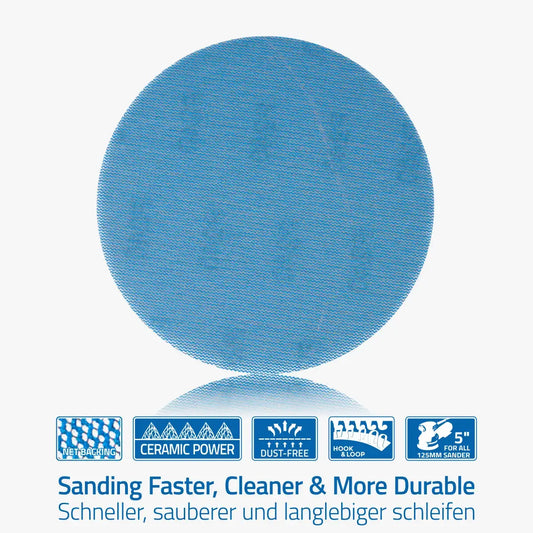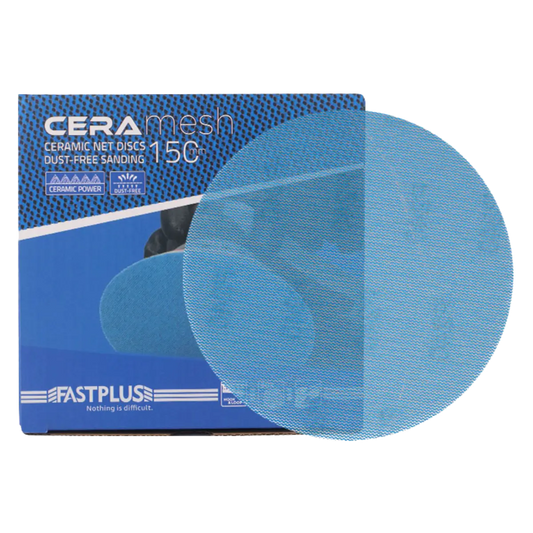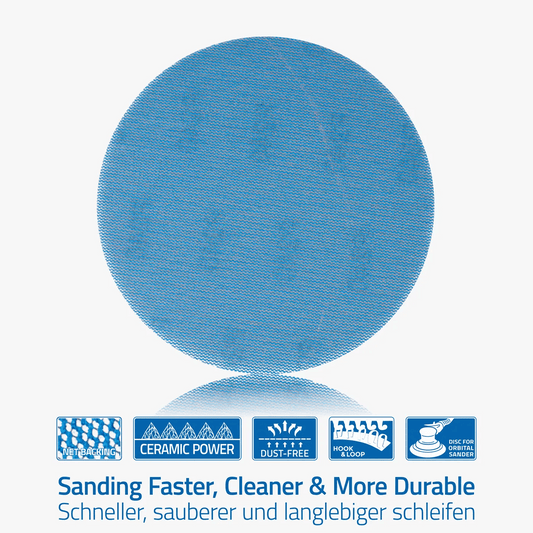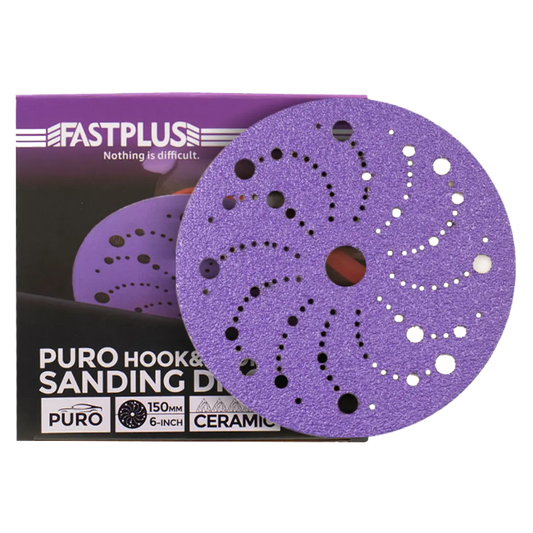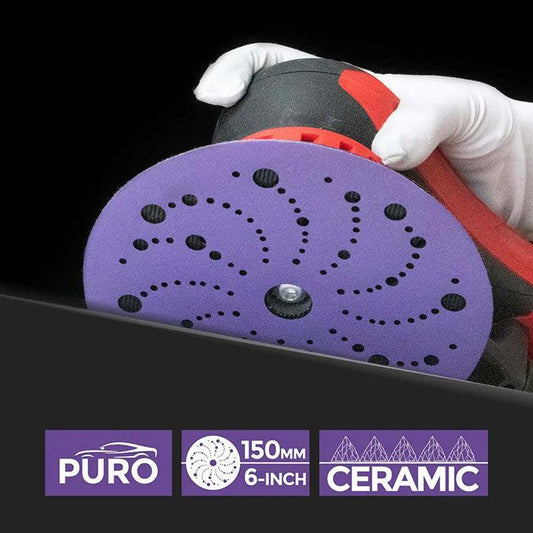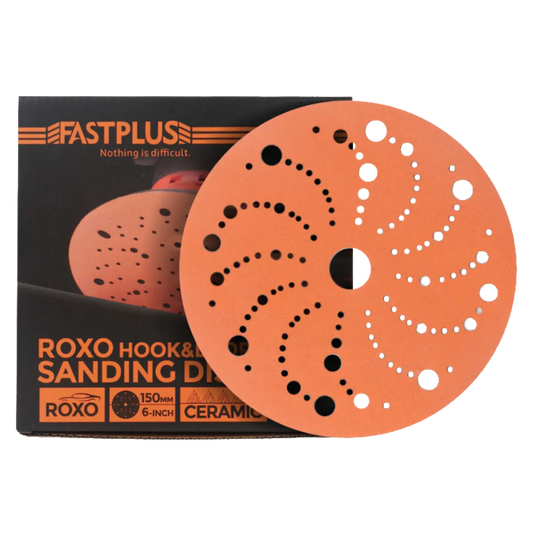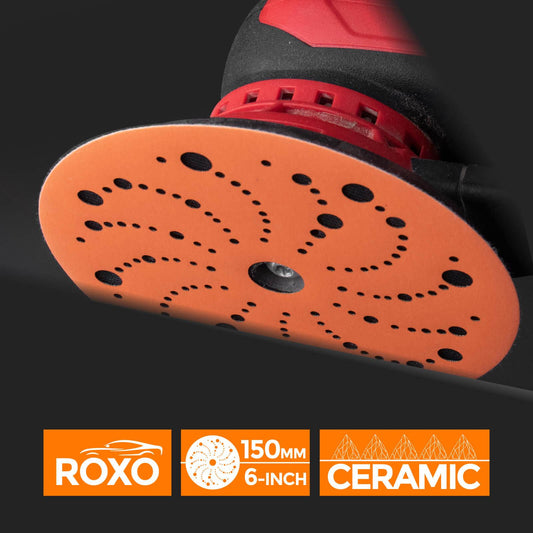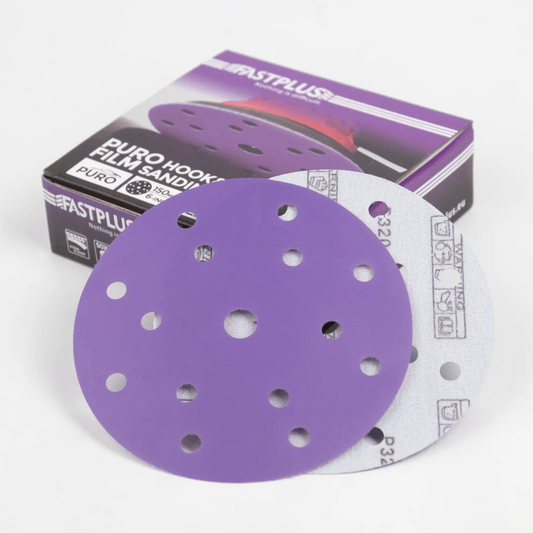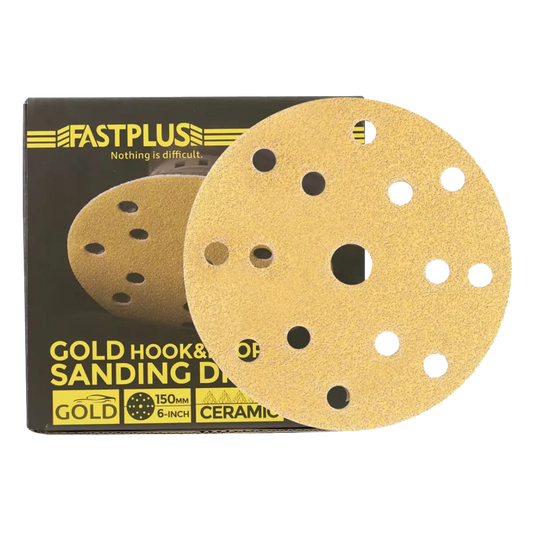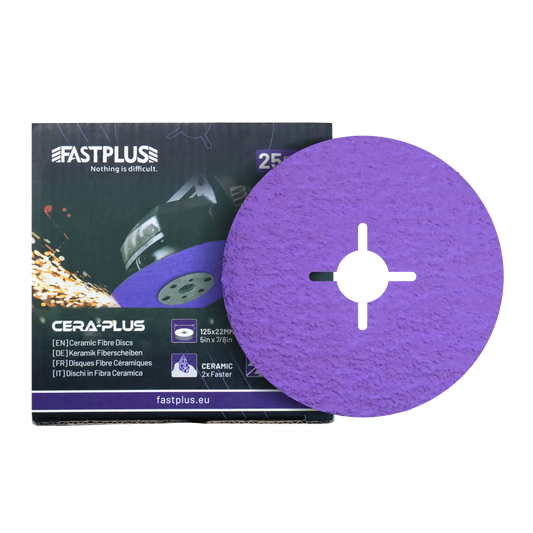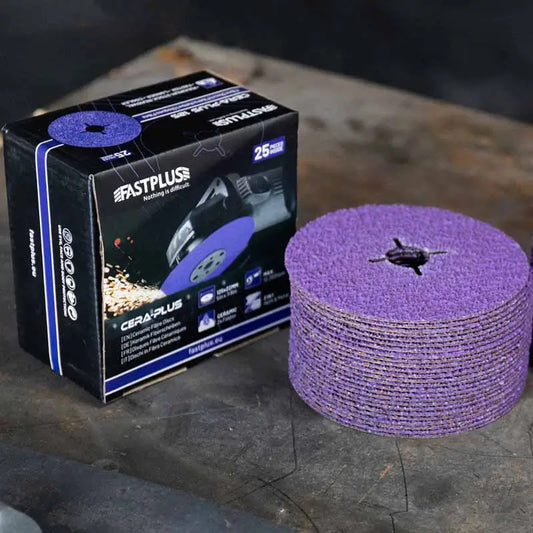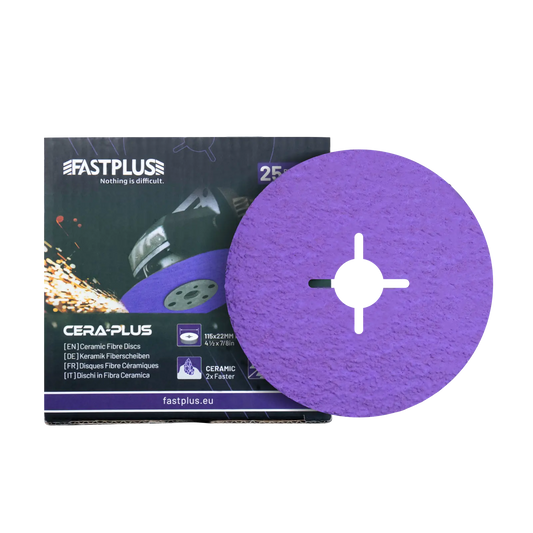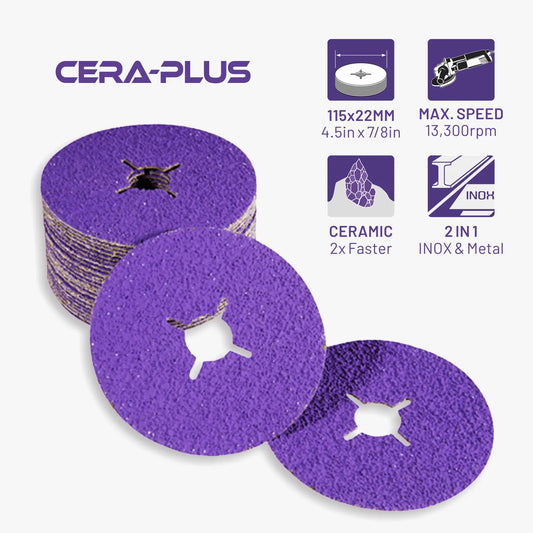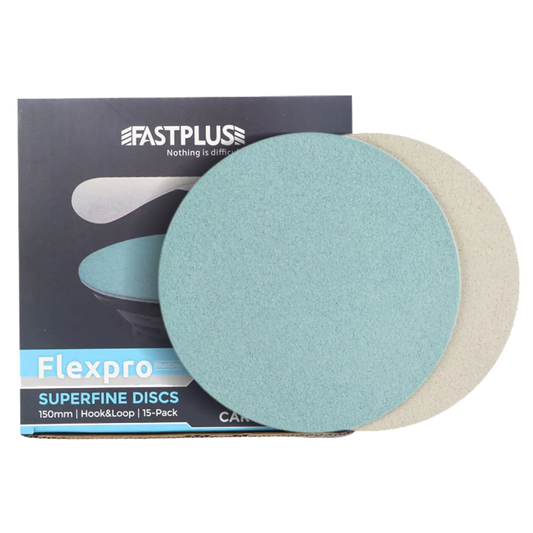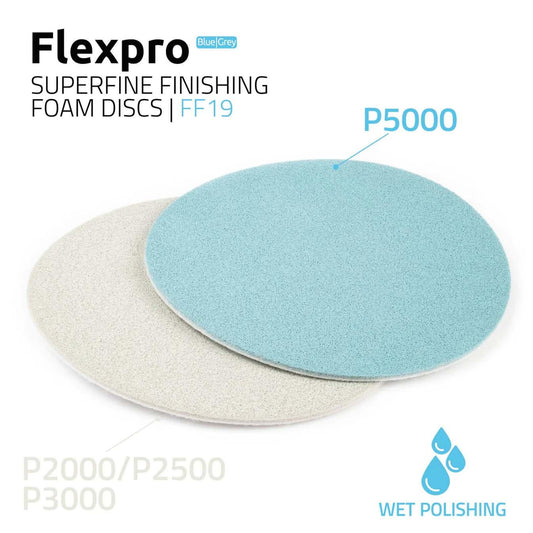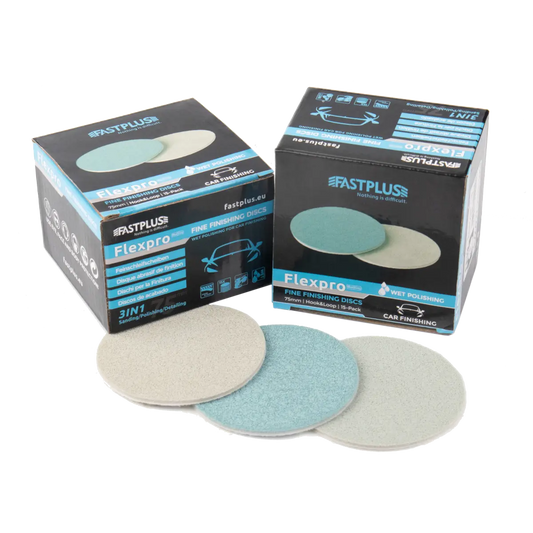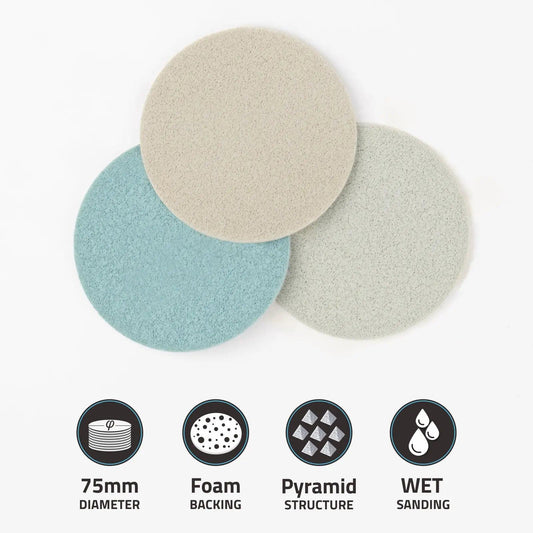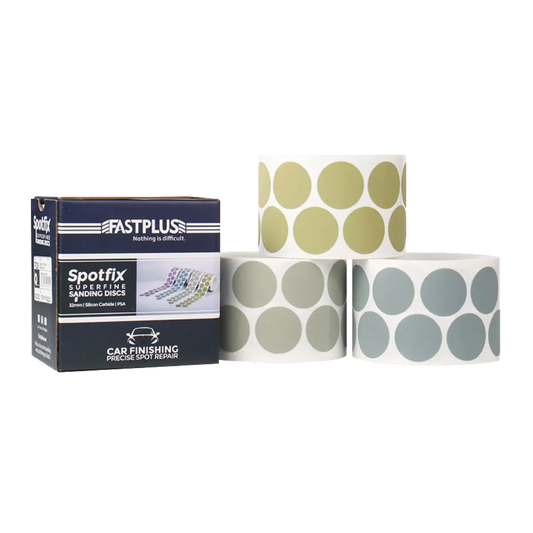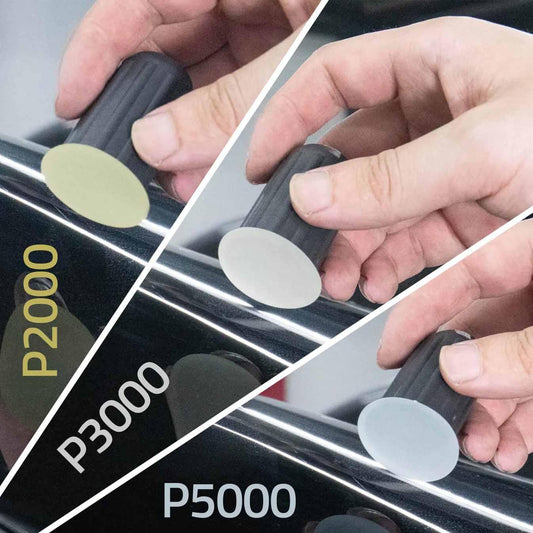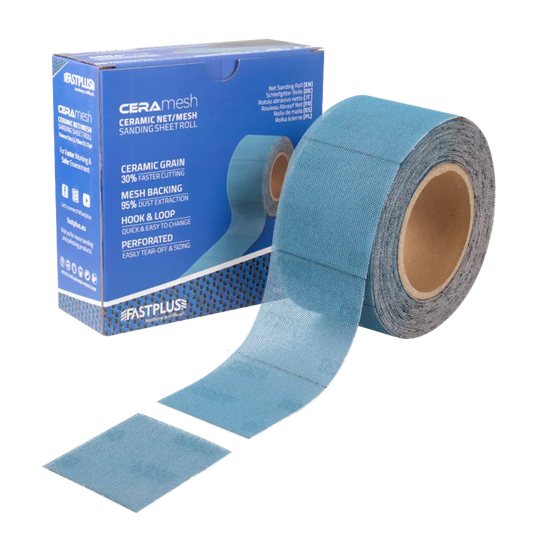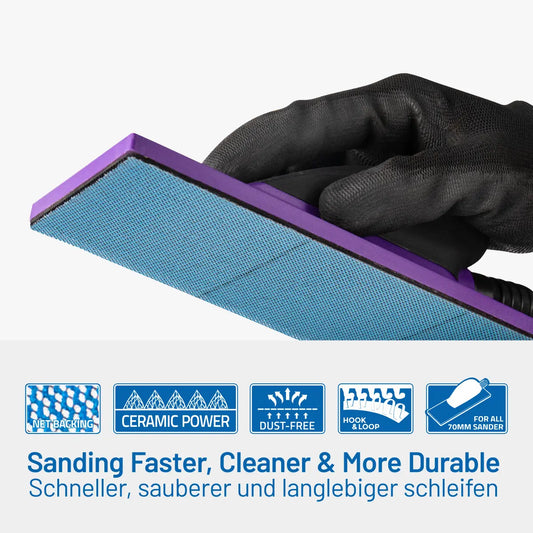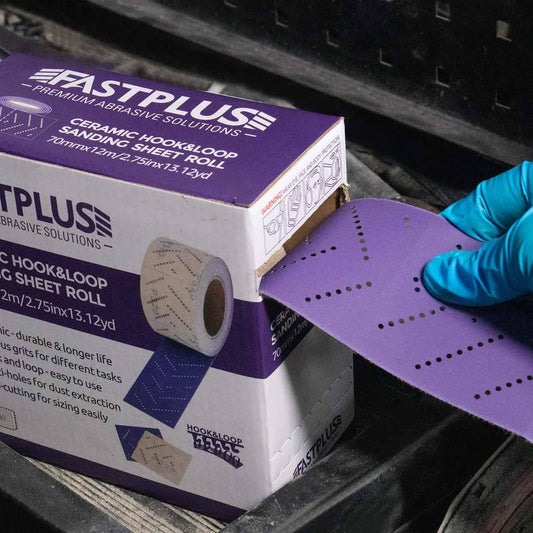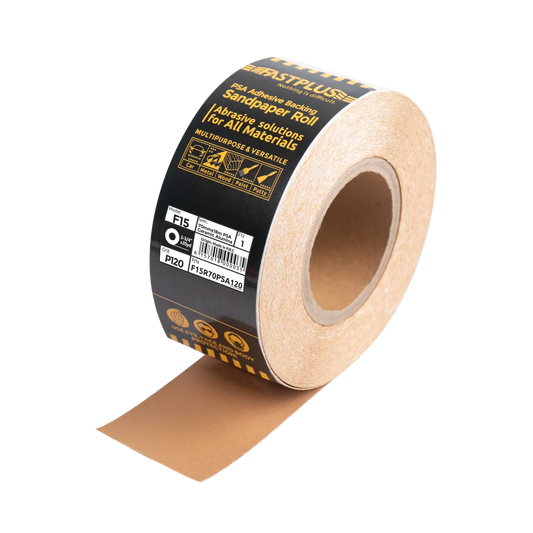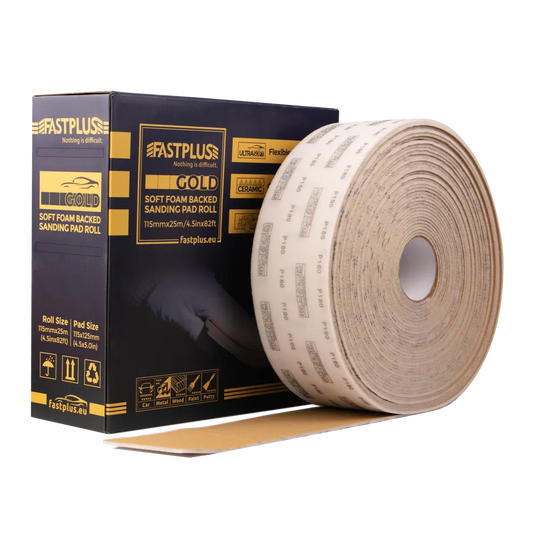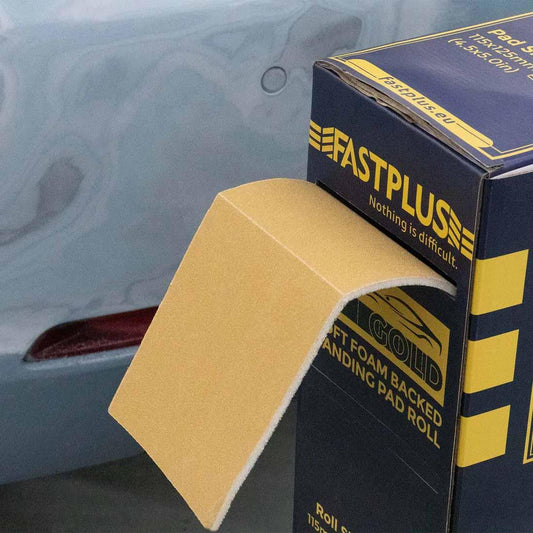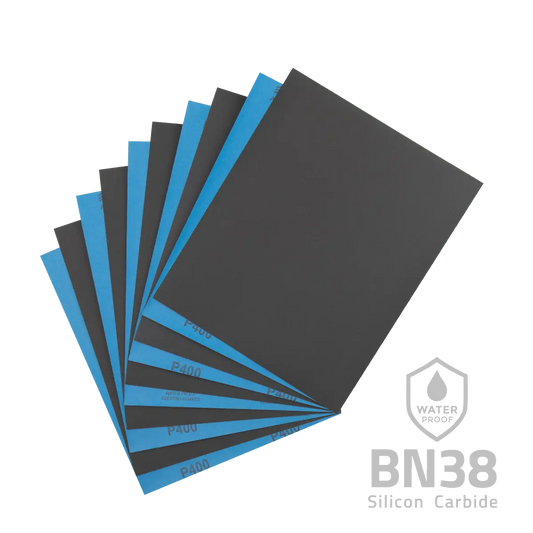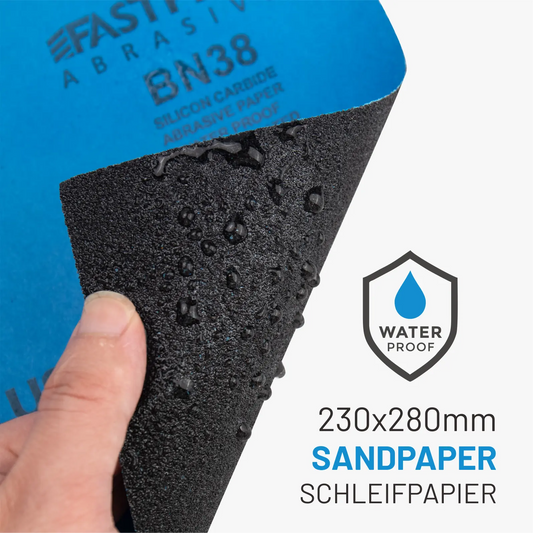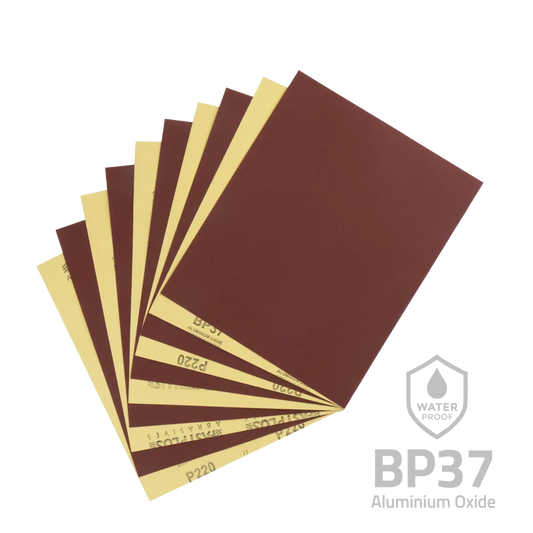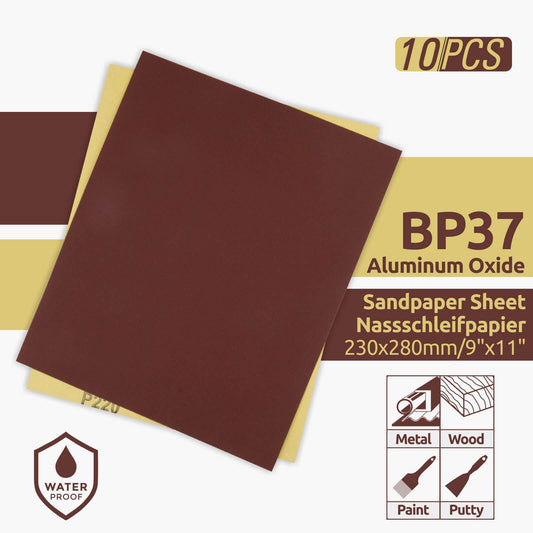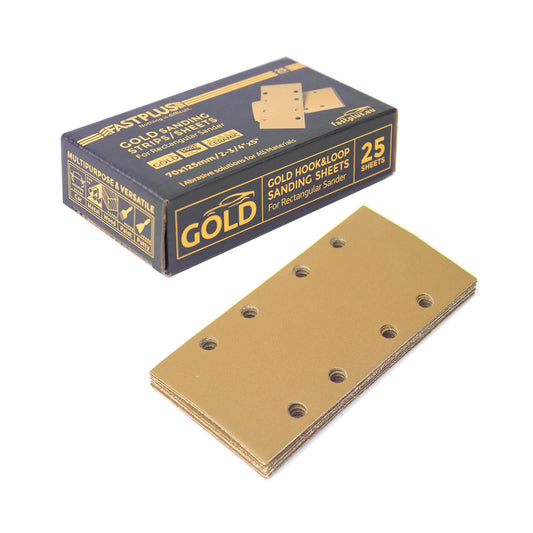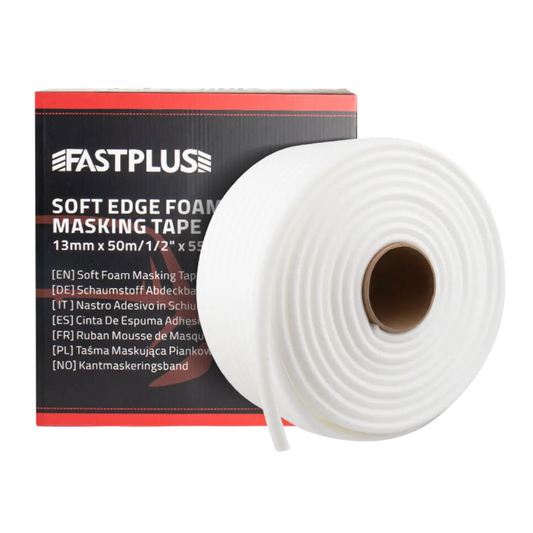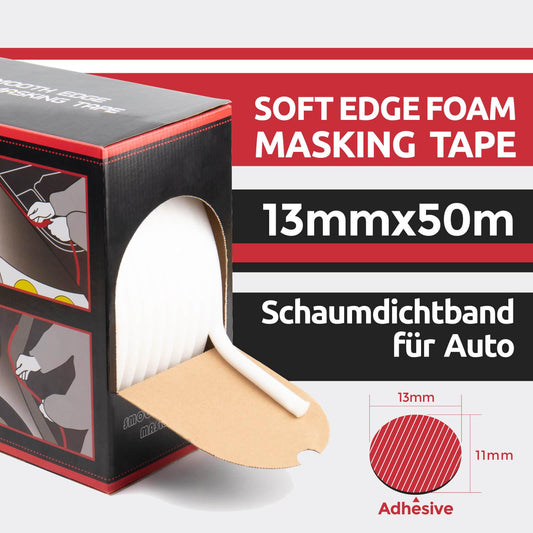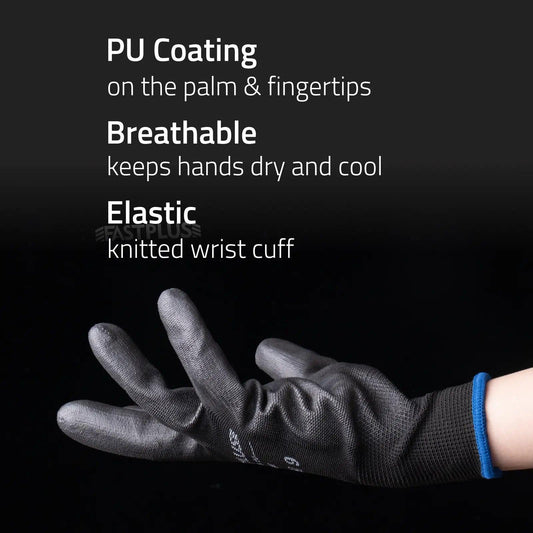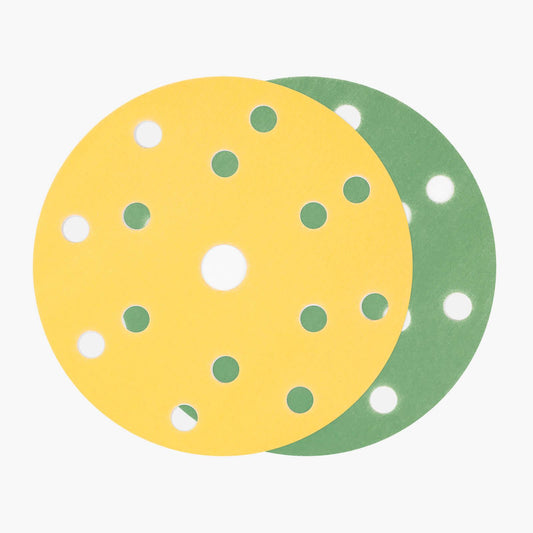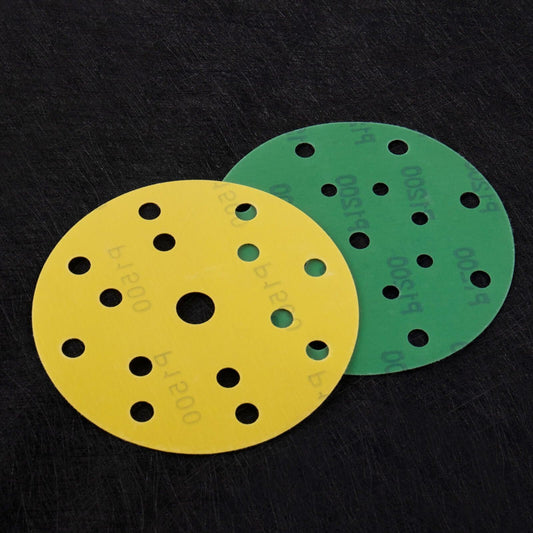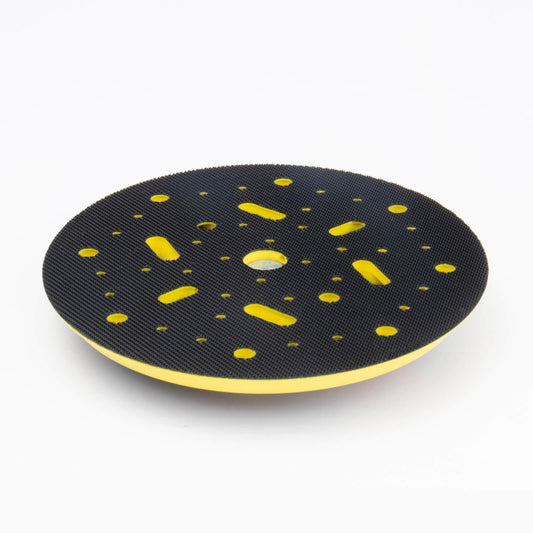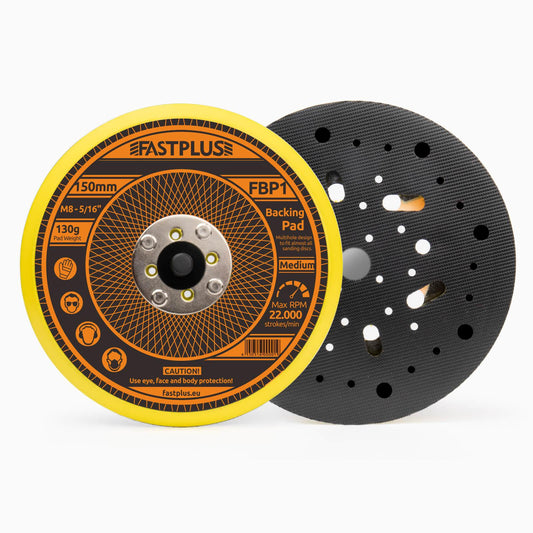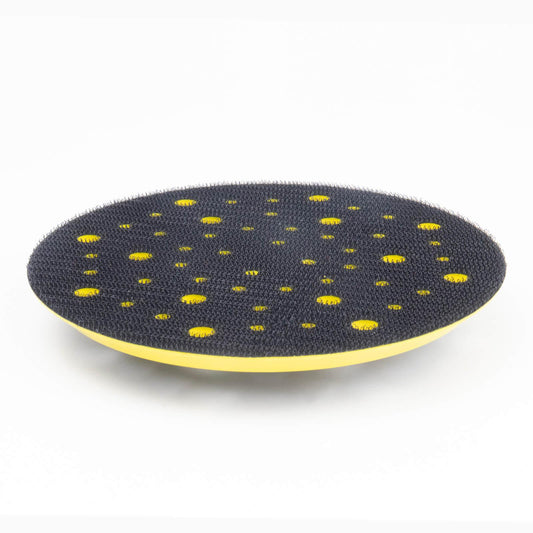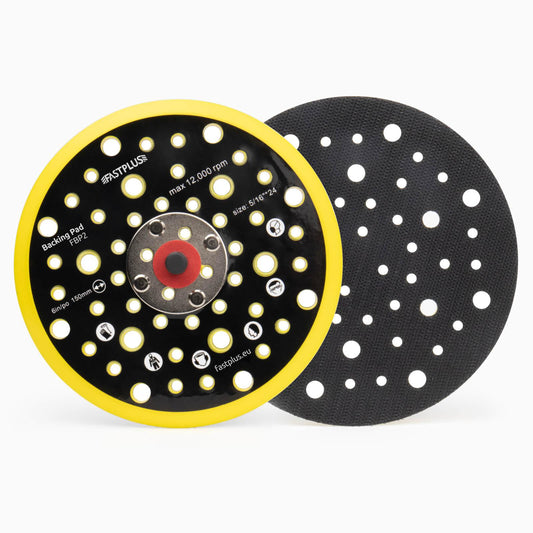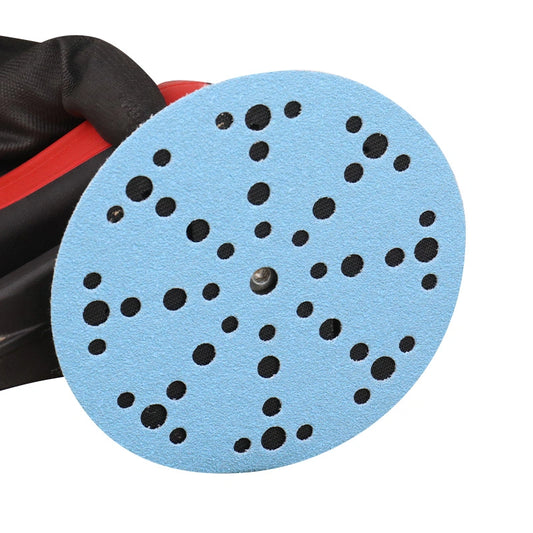
How to Prepare a Car Surface for Wrapping?
Car wrapping has become one of the most popular ways to personalize vehicles, protect original paint, and advertise businesses. But a perfect vinyl wrap depends heavily on proper surface preparation. Without the right prep, even the best wrap film can fail—peeling, bubbling, or looking uneven. In this guide, we’ll walk you through the entire process of preparing your car’s surface for wrapping, from cleaning to sanding, and everything in between.
Why Surface Preparation Matters
Before diving into the steps, let’s explore why surface preparation is essential:
- Adhesion: Vinyl needs a smooth, clean, and contaminant-free surface to bond properly.
- Durability: A well-prepped surface increases the longevity of the wrap, helping it resist weather, washing, and wear.
- Finish Quality: Dust, grease, or debris can cause visible imperfections like air bubbles or wrinkles.
Failing to prepare properly can lead to wasted time, material, and money.
Steps to Prepare a Car Surface for Wrapping
Proper preparation is a multi-step process. Follow these steps to ensure optimal wrap adhesion and finish.
Step 1: Wash the Car Thoroughly

Tools Needed:
- pH-neutral car shampoo
- Microfiber wash mitt
- Two buckets (one for clean water, one for rinse water)
- Pressure washer or hose
Process:
Start by giving your car a deep wash. Use the two-bucket method to avoid dragging dirt particles over the surface, which can cause fine scratches. Rinse thoroughly to remove all residues.
Avoid wax-based shampoos, as they leave behind a protective layer that hinders vinyl adhesion.
Step 2: Decontaminate the Paint
Even after washing, microscopic particles like tar, brake dust, and tree sap may remain.
Tools Needed:
- Clay bar or clay mitt
- Clay lubricant or detail spray
Process:
Spray lubricant over one panel at a time and gently rub with the clay bar in straight motions. You’ll feel the surface becoming smoother as contaminants are removed. Wipe clean with a microfiber towel.
This step is crucial for creating a smooth, contaminant-free surface.
Step 3: Remove Wax, Grease, and Oils
Vinyl does not stick well to waxed or oily surfaces. To ensure proper adhesion, remove all waxes and oils.
Tools Needed:
- Isopropyl alcohol (IPA) – diluted 70/30 with water
- Lint-free microfiber cloths
Process:
Wipe the entire car with IPA solution, focusing on edges, curves, and recessed areas. Change towels often to prevent cross-contamination. This removes residual wax, oils from hands, and other invisible residues.
Step 4: Inspect and Repair Surface Imperfections
Small dents, deep scratches, or rust can affect how well the vinyl wrap adheres and looks.
What to Do:
- Fill in any dents or chips with body filler.
- Sand down any rough or rusted areas.
- Prime and paint repaired areas if needed.
You don’t need a perfect paint job, but the surface should be smooth and structurally sound.
Step 5: Lightly Sand Problematic Surfaces
If the surface has peeling clear coat, flaky paint, or overly glossy finishes, light sanding may be necessary to help the vinyl grip better.
Tools Needed:
- Sandpaper (400–800 grit) — here you can use our high-quality sandpaper sheets or sandpaper rolls, which are perfect for hand sanding or sanding machines.
- Sanding block or orbital sander (optional)
- Masking tape
Process:
Mask off areas you don’t want to sand. Lightly sand the surface to dull the glossy finish. Focus only on problem areas, not the entire car unless necessary.
For curved or contoured areas, consider using our mesh sanding discs, which provide flexible sanding that follows the surface shape, ensuring even preparation.
After sanding, use compressed air or a tack cloth to remove all sanding dust.

Step 6: Clean Again Before Wrapping
After all surface correction steps are completed, give the car another thorough wipe-down.
Tools:
- Isopropyl alcohol solution
- Fresh microfiber towels
Clean every inch—especially the edges, seams, around badges, and door handles. Use cotton swabs or detailing brushes for tight areas.
Step 7: Disassemble Exterior Parts (Optional but Recommended)
Removing parts like mirrors, emblems, and trim can help you achieve a more seamless and professional wrap.
Parts to Remove:
- Side mirrors
- Antennas
- Badges and logos
- Door handles (if easy)
- Headlights and taillights
Label and store all screws and components carefully. If removal isn't feasible, just mask off around them and wrap as close as possible.
Step 8: Temperature and Environment Considerations
Ensure your wrapping area is clean, dust-free, and well-lit. Temperature should be between 20–25°C (68–77°F).
Avoid applying vinyl in cold, hot, or humid environments, as it affects adhesion and flexibility of the material.
Pro Tip: Use a Surface Prep Adhesive Promoter (Optional)

If you're wrapping areas prone to lifting—like sharp curves or bumpers—you can use a vinyl adhesion promoter.
Apply it sparingly to the edges or difficult spots after IPA cleaning and before vinyl installation. This helps the film stick better and last longer.
After wrapping, for finishing touches and to polish the surface gently without damaging the vinyl, use our finishing foam discs — ideal for providing a smooth, professional finish on all types of vinyl wraps.
Common Mistakes to Avoid
1. Skipping the Decontamination
Clay bar might seem like a small step, but skipping it can cause bumps or poor bonding.
2. Using Dish Soap or Harsh Cleaners
These can leave behind residues or dry out the paint, leading to poor wrap performance.
3. Wrapping Over Damaged Paint
Vinyl won’t hide dents or chips—it may even highlight them. Worse, removing the wrap can pull off loose paint.
4. Rushing the Process
Proper preparation takes time and patience. Don’t cut corners.
FAQs
Q: Can I wrap a freshly painted car?
Wait at least 30 days after painting before wrapping. Paint must fully cure to avoid off-gassing, which can cause vinyl lifting.
Q: Can I wrap over ceramic coating?
No. Ceramic coatings are hydrophobic and prevent proper adhesion. Remove the coating before wrapping.
Q: Do I need to sand the whole car?
No, only sand problematic areas. Over-sanding can create uneven surfaces and risk damaging the paint.
Recommended Tools and Products
| Step | Product |
|---|---|
| Washing | pH-neutral shampoo (not sold here but recommended) |
| Decontamination | Clay bar or clay mitt (available in detailer kits) |
| Degreasing | Isopropyl alcohol (IPA) - not sold but easily sourced |
| Sanding | Sandpaper sheets, Sandpaper rolls, Mesh sanding discs, Film sanding discs — all available for different sanding needs |
| Polishing | Finishing foam discs (polishing) for a smooth finish after wrap |
Final Thoughts
The key to a professional-grade car wrap starts long before the vinyl touches the surface. By following this guide and using the right abrasive tools like our sandpaper sheets, rolls, mesh sanding discs, and finishing foam discs, you’ll set the foundation for a smooth, bubble-free, and long-lasting wrap job.
Whether you're a DIY enthusiast or a professional installer, surface prep is where your focus should be. Ready to shop the best abrasive and polishing products for your next car wrap project? Visit our store and find exactly what you need.
